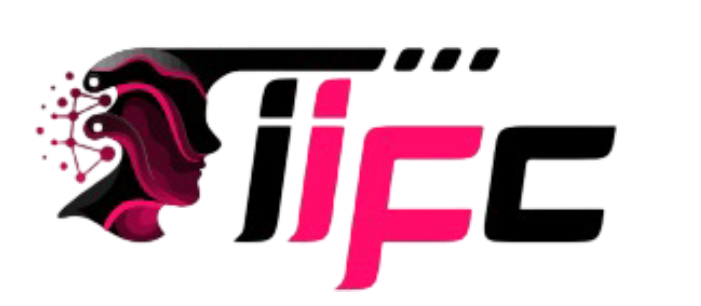0
+
Year Of Knowledge
0
+
Active Professional & Members
0
+
Certified Professional
About US


Pharmaceutical forecasting
harmaceutical forecasting predicts future trends in the pharmaceutical industry, specifically focusing on drug sales and patient populations. It’s complex because it involves modeling both disease behavior and the healthcare system, which can vary greatly.
Here’s a breakdown of pharmaceutical forecasting:
- Focus: Drug sales, patient populations
- Complexity: High, due to modeling diseases and healthcare systems
- Methods: Patient-based approaches over pure sales data
Forecasting in pharmaceuticals helps companies make crucial decisions about:
- Resource allocation: Optimizing production, staffing, and research based on predicted demand.
- Drug development: Prioritizing which diseases and treatments to focus on.
- Marketing and sales strategies: Tailoring efforts to reach the right patients with the most relevant drugs.

